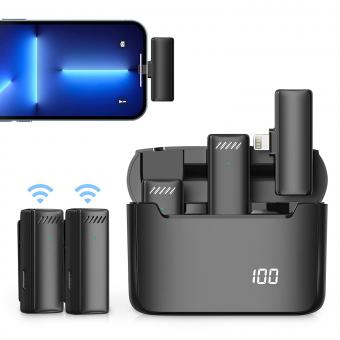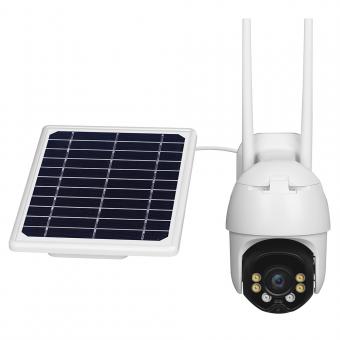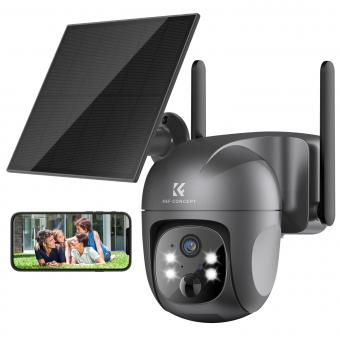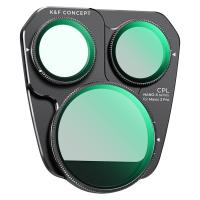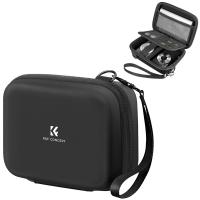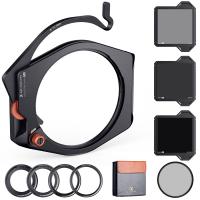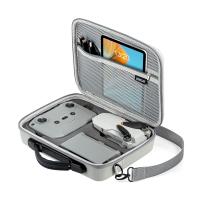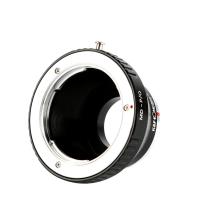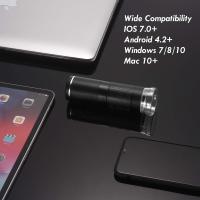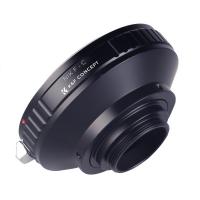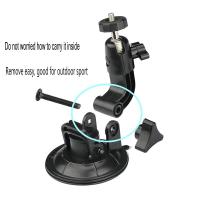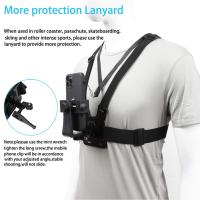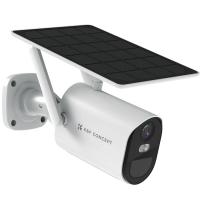How Do Wireless Surveillance Cameras Work ?
Wireless surveillance cameras work by transmitting video and audio signals to a receiver or a network device using radio frequencies. The camera captures the video and audio data and then encodes it into a digital format that can be transmitted wirelessly. The wireless signal is then sent to a receiver or a network device, which decodes the signal and displays the video and audio data.
Wireless surveillance cameras can use different wireless technologies such as Wi-Fi, Bluetooth, or cellular networks to transmit the data. They can also be connected to a network device such as a router or a network video recorder (NVR) to enable remote access and control. Some wireless surveillance cameras also come with built-in storage, allowing them to store video and audio data locally.
Overall, wireless surveillance cameras provide a convenient and flexible way to monitor and secure a property without the need for complex wiring or installation.
1、 Wireless Surveillance Cameras:
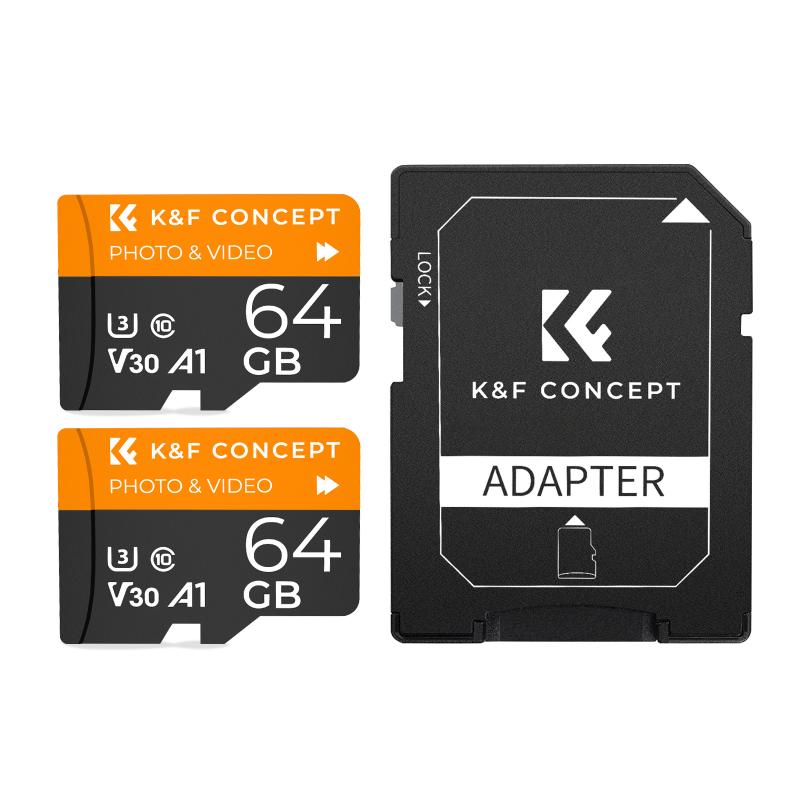
Wireless surveillance cameras are a type of security camera that uses wireless technology to transmit video and audio signals to a receiver or a network. These cameras are becoming increasingly popular due to their ease of installation and flexibility in placement.
The basic working principle of wireless surveillance cameras is that they capture video and audio signals and transmit them wirelessly to a receiver or a network. The camera is equipped with a lens, image sensor, and a transmitter that converts the video and audio signals into a digital format. The digital signals are then transmitted wirelessly using Wi-Fi, Bluetooth, or other wireless technologies to a receiver or a network.
The receiver or network can be a computer, a smartphone, a tablet, or a dedicated monitoring system. The receiver or network receives the digital signals and converts them back into video and audio signals that can be viewed and heard in real-time or recorded for later viewing.
Wireless surveillance cameras can be powered by batteries or by a power source. Battery-powered cameras are more flexible in placement as they do not require a power source, but they need to be recharged or replaced periodically. Cameras that are powered by a power source are more reliable and can be used continuously without the need for recharging or replacement.
In recent years, wireless surveillance cameras have become more advanced and sophisticated. They now come with features such as motion detection, night vision, and two-way audio communication. Some cameras also use artificial intelligence and machine learning algorithms to detect and analyze events and provide alerts to users.
2、 Technology behind wireless transmission

Wireless surveillance cameras work by using radio frequency signals to transmit video and audio data to a receiver or a cloud-based storage system. The camera captures the video and audio data and then compresses it into a digital format that can be transmitted wirelessly. The data is then sent to a receiver or a cloud-based storage system, where it can be accessed remotely by authorized users.
The technology behind wireless transmission has evolved significantly in recent years, with the introduction of advanced encryption algorithms and improved wireless protocols. These advancements have made wireless surveillance cameras more secure and reliable, allowing them to be used in a wide range of applications, from home security to industrial surveillance.
One of the latest advancements in wireless surveillance camera technology is the use of artificial intelligence (AI) and machine learning algorithms. These algorithms can analyze the video data in real-time, detecting and alerting users to potential security threats. For example, AI algorithms can detect when a person enters a restricted area or when a package is left unattended, triggering an alert to the user.
Another recent development in wireless surveillance camera technology is the use of cloud-based storage systems. These systems allow users to store and access their video data remotely, from anywhere in the world. Cloud-based storage systems also offer advanced features such as video analytics and facial recognition, making it easier to manage and analyze large amounts of video data.
Overall, wireless surveillance cameras are an essential tool for modern security systems, providing users with a reliable and secure way to monitor their properties and assets. With the latest advancements in wireless transmission technology, these cameras are becoming even more powerful and versatile, offering users a wide range of features and capabilities.
3、 Types of wireless surveillance cameras

How do wireless surveillance cameras work?
Wireless surveillance cameras work by transmitting video and audio signals to a receiver or a cloud-based storage system through a wireless network. These cameras use Wi-Fi or cellular networks to connect to the internet and send data to the receiver or storage system. The cameras are equipped with sensors that detect motion, sound, or changes in temperature, and trigger the recording and transmission of data.
The cameras can be accessed remotely through a smartphone, tablet, or computer, allowing users to monitor their property from anywhere in the world. Some cameras also come with built-in speakers and microphones, enabling two-way communication between the user and the camera.
Wireless surveillance cameras are becoming increasingly popular due to their ease of installation and flexibility. They can be placed anywhere without the need for wiring or drilling, and can be easily moved or repositioned as needed. They are also more affordable than traditional wired cameras, making them accessible to a wider range of users.
Types of wireless surveillance cameras
There are several types of wireless surveillance cameras available on the market, each with its own unique features and capabilities. Some of the most common types include:
1. Indoor cameras: These cameras are designed for indoor use and are typically smaller and more discreet than outdoor cameras.
2. Outdoor cameras: These cameras are designed to withstand harsh weather conditions and are often larger and more durable than indoor cameras.
3. Battery-powered cameras: These cameras are powered by batteries and can be placed anywhere without the need for a power source.
4. Solar-powered cameras: These cameras are powered by solar panels and are ideal for remote locations where access to electricity is limited.
5. PTZ cameras: These cameras can pan, tilt, and zoom, allowing users to monitor a larger area with a single camera.
6. Smart cameras: These cameras use artificial intelligence and machine learning to detect and analyze activity, and can send alerts to users when unusual activity is detected.
In conclusion, wireless surveillance cameras are a convenient and effective way to monitor your property and keep it safe. With a wide range of options available, users can choose the type of camera that best suits their needs and budget.
4、 Installation and setup process
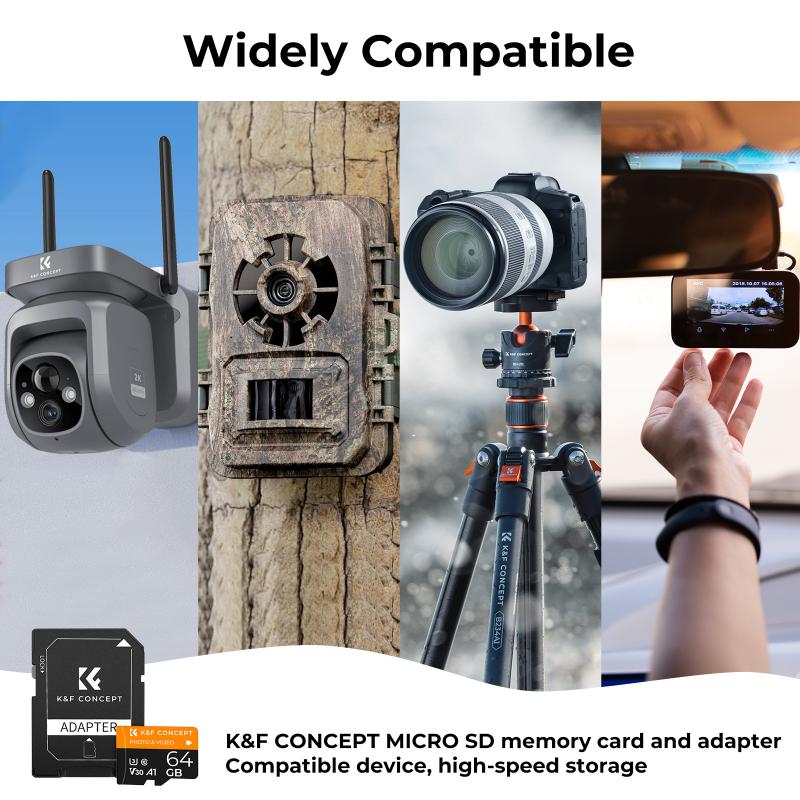
How do wireless surveillance cameras work?
Wireless surveillance cameras work by transmitting video and audio signals to a receiver or a cloud-based storage system. These cameras use Wi-Fi or cellular networks to connect to the internet and send data to the receiver or storage system. The cameras are equipped with sensors that detect motion, sound, or changes in light, which trigger the camera to start recording.
The installation and setup process for wireless surveillance cameras is relatively simple. First, the camera needs to be mounted in the desired location, which can be done using screws or adhesive tape. Once the camera is mounted, it needs to be connected to a power source, either through a power outlet or a battery pack. Next, the camera needs to be connected to a Wi-Fi network or cellular network, which can be done using a smartphone app or a web browser.
After the camera is connected to the network, it needs to be configured to start recording when motion or sound is detected. This can be done using the same smartphone app or web browser used to connect the camera to the network. The camera can also be configured to send alerts to a smartphone or email address when motion or sound is detected.
The latest point of view on wireless surveillance cameras is that they are becoming more popular due to their ease of installation and setup, as well as their ability to be accessed remotely from anywhere with an internet connection. However, there are concerns about privacy and security, as these cameras can be hacked or accessed by unauthorized users if not properly secured. It is important to choose a reputable brand and follow best practices for securing the camera and network to ensure the safety and privacy of the user.





